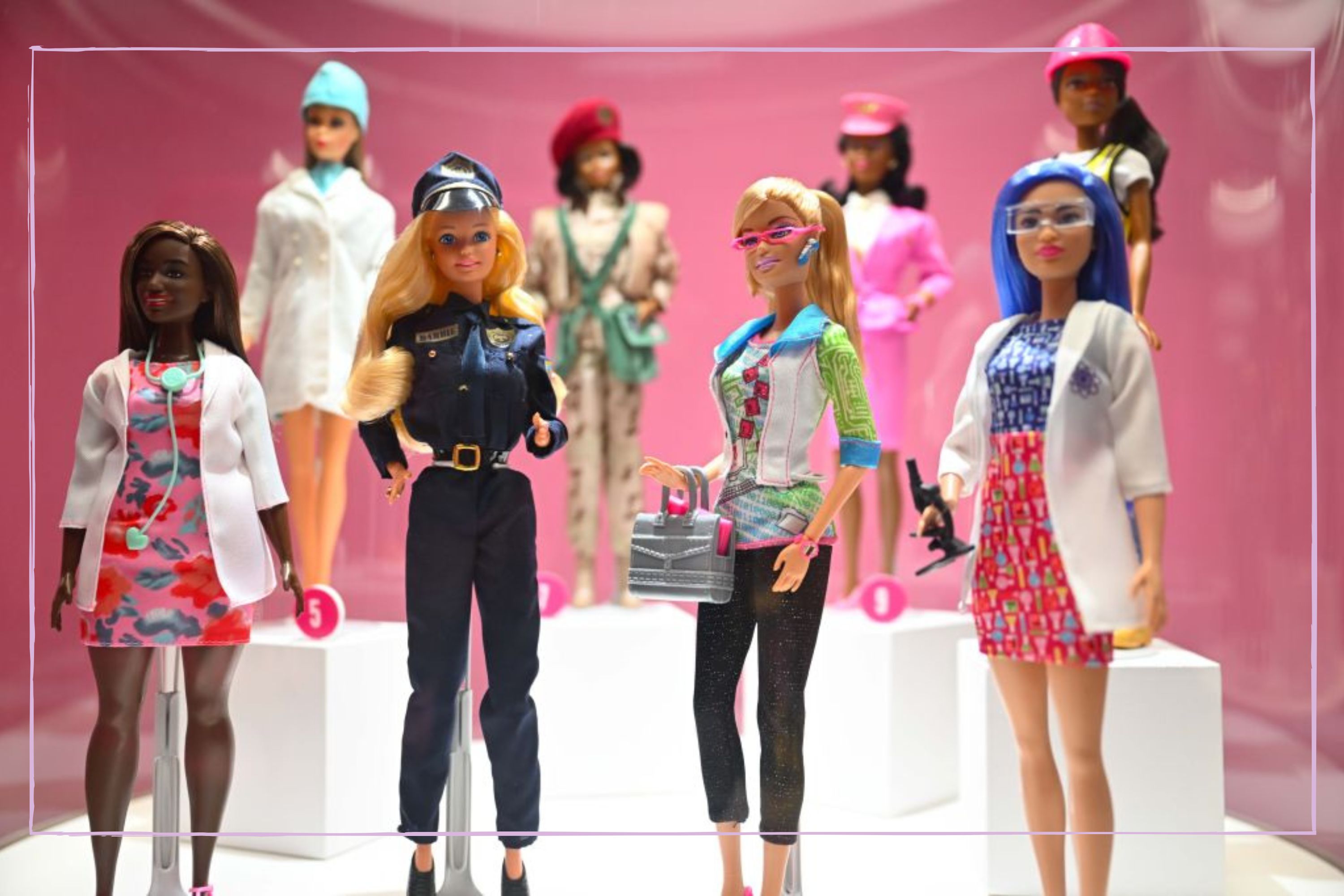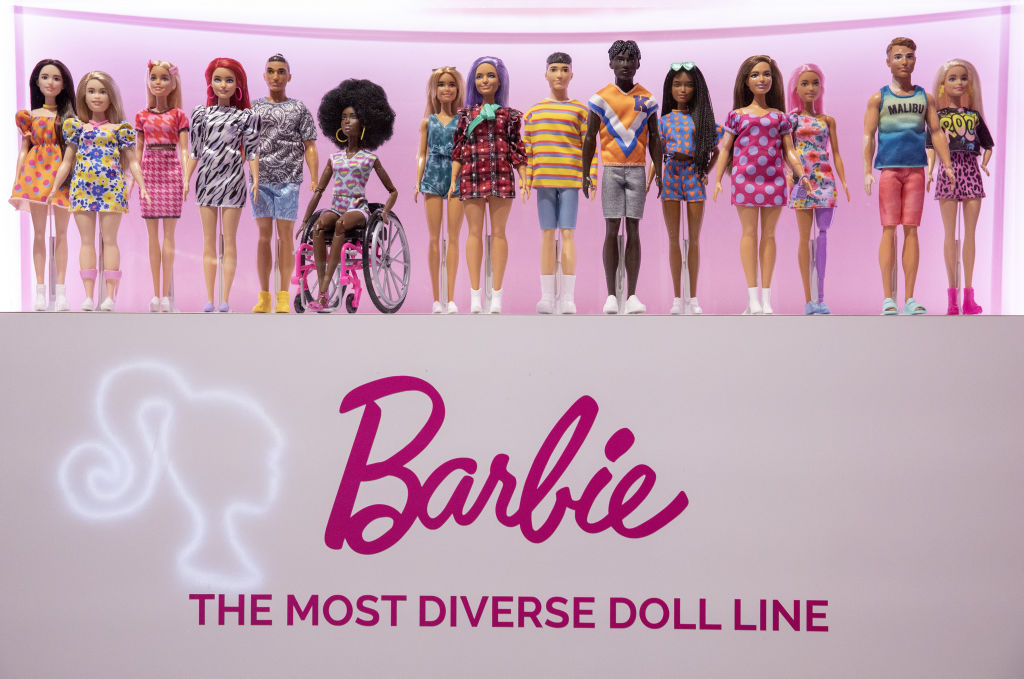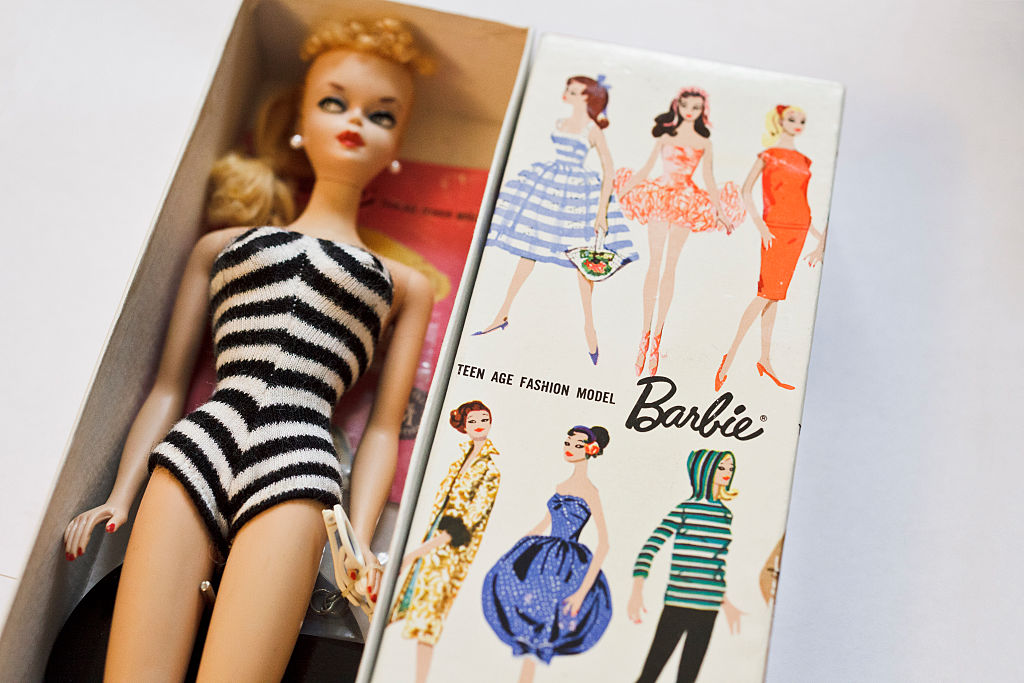Evolution of Barbie explained: 6 ways the iconic doll has adapted over the years
We look at how Barbie has changed over the years, as the iconic doll celebrates its 65th birthday

After being introduced to the world 65 years ago, Barbie has undergone many transformations over the years. We take a look at how the iconic doll has evolved since its debut.
With the movie version of Barbie riding high on our list of the this year's top Christmas toys, it seems like Barbiemania is stronger than ever. If you had one of these bestselling toys of all time growing up, then you might be figuring out how to play with Barbie dolls in a positive way with your own kids.
However, in order to achieve enduring popularity over more than six decades, Barbie has had to adapt, and not always without controversy. Over the years, Barbie has been accused of promoting a negative body image and gender stereotypes and criticised for a lack of diversity. We take a look at ways in which Barbie has evolved over the decades and weathered the storm to really cement her icon status.
6 ways Barbie has evolved over the years
1. Body proportions
Barbie caused controversy right from the start, with critics slamming her unrealistic body proportions and too-sexualised appearance. After all, her initial design was based on an 'adult gag gift' doll from Germany called Bild Lilli. However, Mattel tweaked the design to give Barbie a more innocent look.
More controversy followed when in 1963, a Barbie doll was sold with a diet book accessory called Don't Eat. Then, following the introduction of the first Malibu Barbie in 1971, Mattel also received backlash after releasing a doll with larger breasts that further promoted an unattainable body image. A study showed that for a young, healthy adult woman to have the same proportions as Barbie, where hip measurements were a constant, the woman would have to increase 24 inches in height, five inches in the chest, more than three inches in the length of her neck, all while decreasing her waist by six inches. Other research found that young girls aged five to eight who were exposed to Barbie reported lower body esteem and a greater desire for a thinner body type than those who didn't play with dolls, or who played with a doll with more realistic proportions.
It wasn't until 1997 that Barbie's impossibly tiny waist was made bigger as she was given more realistic body proportions. By 2015, you could buy Barbie dolls with curvy, tall and petite body types.
2. Skin tones and racial diversity
In 1968, Mattel took its first steps towards more inclusivity, by introducing Barbie's first Black friend, a doll with the same proportions (so clothes were interchangeable) called Christie. But it wasn't until 1980 that Barbie herself was available as a Black or Hispanic doll.
GoodtoKnow Newsletter
Parenting advice, hot topics, best buys and family finance tips delivered straight to your inbox.
To date, Barbie is now represented with 35 skin tones and 97 hairstyles to more accurately reflect the world in which we live. Mattel flags on the Barbie website that these numbers are 'and counting' suggesting we'll see even more diversity moving forward. In 2017, new Ken dolls were released with diverse features including a man bun, cornrows and freckles.
3. Representation of different physical conditions and disabilities
For decades, only an able-bodied Barbie was available, but in recent years, we have seen a lot more representation of different physical conditions or disabilities. In 2019, Mattel introduced a Barbie reflecting permanent disabilities, including a doll with a wheelchair and a doll with a prosthetic leg.
Now you can get a Barbie with a visible hearing aid, a Barbie with Down Syndrome, created in partnership with the National Down Syndrome Society, and the recently released blind Barbie. You can also buy a bald Barbie and one with vitiligo.

4. Introduction of friends and family
Following criticism that Barbie was viewed by some as solely a sex symbol, Mattel introduced other characters into her world. Ken was introduced as her love interest in 1961 and in 1963, her best friend Midge was introduced. The following year, Barbie's sister Skipper landed on the scene.
However, both Midge and Skipper were eventually discontinued, after their own controversy. A pregnant Midge doll was pulled from shelves amid concerns that it promoted teenage pregnancy, while the 'Growing Up Skipper' doll, released in 1964 and intended to portray a girl’s journey through puberty, had breasts that would get larger when the doll's arm was wound.
5. Barbie's occupation
Throughout her 65 years, Barbie has sought to prove that young girls can grow up to become anything they want to be. By the 1990s, Barbie could be seen in a whole host of roles typically occupied by men, including firefighter, navy admiral, and even President. Now Barbie can literally be anything, from an astronaut and doctor to a polar marine biologist or footballer.
6. Championing inspirational women
Barbie has also been used to celebrate and champion inspirational women from the real world. In 1967, the first celebrity Barbie was released, based on another icon, British fashion model Twiggy.
Over the years, famous faces like Audrey Hepburn, Beyonce, Marilyn Monroe and even the Prince and Princess of Wales have been immortalised in Barbie form. As part of its Barbie Role Models initiative, Mattel honours women from diverse backgrounds and fields who are breaking boundaries to inspire the next generation of girls. While many of these dolls are one-offs gifted to the person they represent, you can buy Barbie versions of inspirational women from history, including Dr Maya Angelou and Florence Nightingale.
When was Barbie introduced?
Barbie was introduced in March 1959, at a toy fair in New York. Wearing a black and white zebra-print swimming costume, shoppers could buy either a blonde or brunette version of the doll.

Barbie was invented by American business woman, and mother, Ruth Handler. Ruth was frustrated at the limited toy choices available for her daughter Barbara, finding that choices were limited to baby dolls, which gave the impression that all young girls could grow up to be was a mother and homemaker. Ruth pitched the idea of an adult doll to toy manufacturer Mattel, and the rest, as they say, is history.
For more Barbie related news, we look at the Barbie baby names that are soaring in popularity, explain the ending of the first Barbie movie, and look at whether there will be a second Barbie movie in the future.
Sarah is GoodtoKnow’s Money Editor. After Sarah graduated from University of Wales, Aberystwyth, with a degree in English and Creative Writing, she entered the world of publishing in 2007, working as a writer and digital editor on a range of titles including Real Homes, Homebuilding & Renovating, The Money Edit and more. When not writing or editing, Sarah can be found hanging out with her rockstar dog, getting opinionated about a movie or learning British Sign Language.